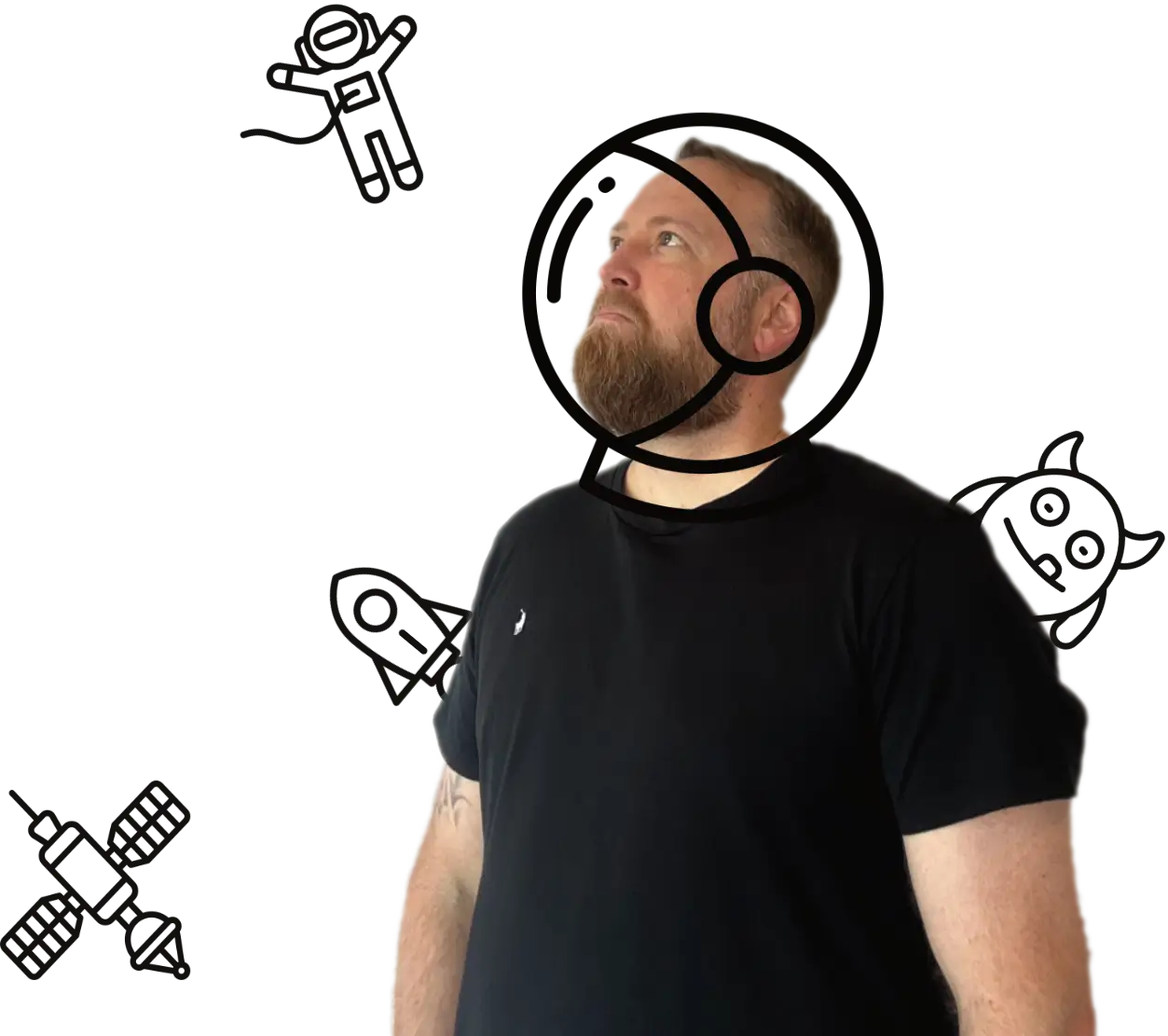Your “About” and “Services” pages do a lot of heavy lifting. They explain who you are, what you do, and why someone should choose you. Use this guide to plan clear content, add proof, and give visitors simple next steps.
Before you start
- Audience: write for one main reader. Name them and their goal.
- Promise: one sentence that states how you help.
- Next step: the action you want, for example call, book, or buy.
“About” page: what to include
- Clear opener (1–2 lines): what you do and who you help, in plain English.
- Short story: why you started and what you stand for. Keep it to a tight paragraph.
- Proof: quick facts, client logos, review quotes, certifications, or results.
- Team snapshot: names, roles, a friendly photo, and how to contact you.
- How you work: a simple 3–4 step process from first contact to delivery.
- Call to action: repeat your main action with a button and contact options.
“About” page template (fill in the blanks)
Headline: We help [audience] get [result] with [service]
Intro (2 lines): Since [year], we’ve helped [type of customer] with [core service]. We focus on [key benefit] so you can [outcome].
Our story: [Founder name] started the business after seeing [problem]. Today our team of [number] serves clients in [areas].
- Quick facts: [stat 1], [stat 2], [award or certification]
- How we work: Enquire → Plan → Deliver → Support
CTA: Book a quick call or Request a quote
Tips for your “About” page
- Write like you speak. Avoid jargon.
- Use real photos. Stock images reduce trust.
- Add one short review near the CTA.
- Keep it scannable with headings and 2–4 line paragraphs.
“Services” page: what to include
- Service summary at the top: one paragraph that lists what you offer and who it suits.
- Individual service blocks: repeatable sections with the same layout.
- Outcomes and proof: short case notes, before/after, or a single number that shows impact.
- Pricing or ranges: transparent bands or “from £X”, plus what is included.
- FAQs: answer 4–6 common questions to save emails and calls.
- Call to action: enquiry form, phone, or booking link.
Service block template (copy and reuse)
Service name
Who it is for: [audience or need]. What you get: [key features or steps]. Outcome: [result in plain words].
- What’s included: [item 1], [item 2], [item 3]
- Timeframe: [e.g. 2 weeks]
- Price: from £[amount] or package bands
Proof: “[one-sentence review]” — [Name, Town]
Enquire now
Pricing made simple
- Use bands for common jobs: Basic, Standard, Premium.
- List what changes the price: size, speed, add-ons.
- Explain payment terms and what happens next.
SEO and structure that help both pages
- One main idea per page: H1 states it. Keep H2s descriptive.
- Keywords, lightly: include your town or area where natural.
- Internal links: About → Services; Services → relevant service pages; both → Contact.
- Title tags: ≈55–60 characters. Make them read like normal sentences.
- Meta descriptions: ≈150–160 characters with a benefit and a next step.
Accessibility and clarity
- Use one H1 per page and logical heading order.
- Alt text that describes images and team photos.
- Buttons with clear labels like “Call 01234 567890” or “Get a quote”.
- Good colour contrast. Links and buttons easy to see and tap.
Proof that converts
- Short review quotes near your main CTAs.
- Client logos with permission.
- Mini case studies: problem → action → result in one small block.
Common mistakes to avoid
- Writing only about yourself on “About” with no customer benefit.
- Service pages that list features but not outcomes.
- Hiding prices completely when competitors share ranges.
- Walls of text with no headings or summaries.
Word count guidance
- About: 300–600 words for most small firms. Add a team subpage if you need more detail.
- Services overview: 400–800 words with links to deeper service pages (700–1,200 words each).
Quick FAQs
Should I put awards on the About page? Yes, as a short list near the CTA. Keep it tidy.
Do I need individual pages for each service? If a service is a major offer, give it a full page. Minor add-ons can stay on the overview.
What photos should I use? Your team, your workspace, and real projects. Avoid heavy filters and busy backgrounds.
Checklist
- Clear opener, short story, proof, and a CTA on “About”.
- Service summary, consistent blocks, outcomes, pricing, FAQs, and a CTA on “Services”.
- Real photos, review quotes, and contact options on both pages.
- Title tags, meta descriptions, and internal links set.
Summary
Keep both pages simple, specific, and focused on outcomes. Use repeatable blocks, short proof, and clear next steps. Visitors should know who you help, what you do, what it costs, and how to start.
